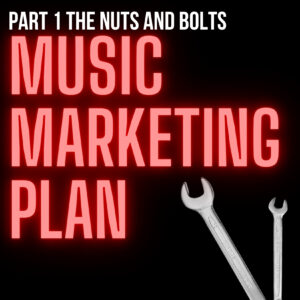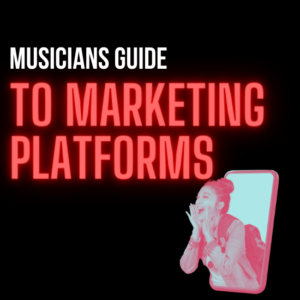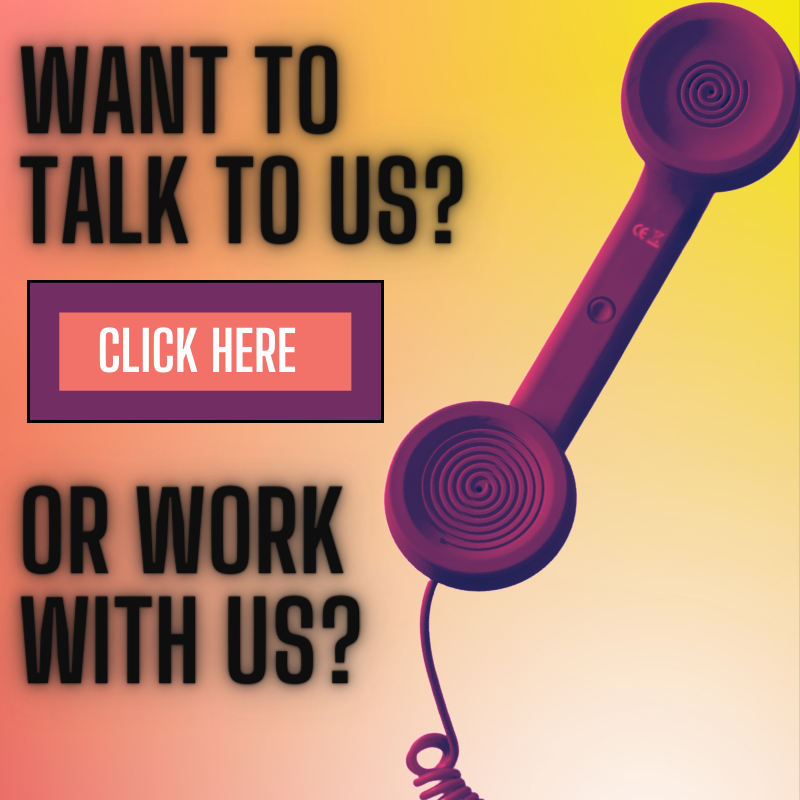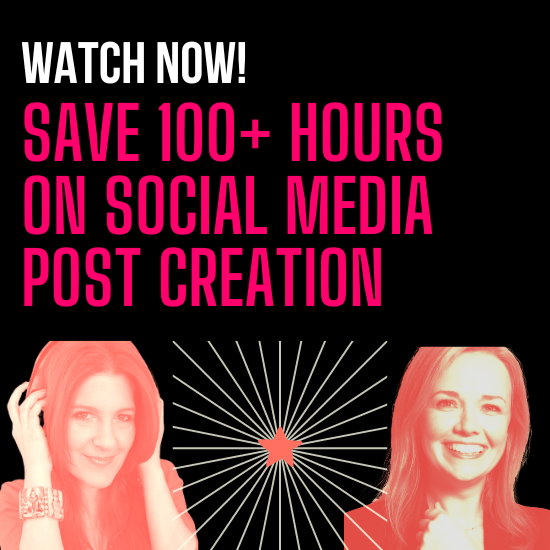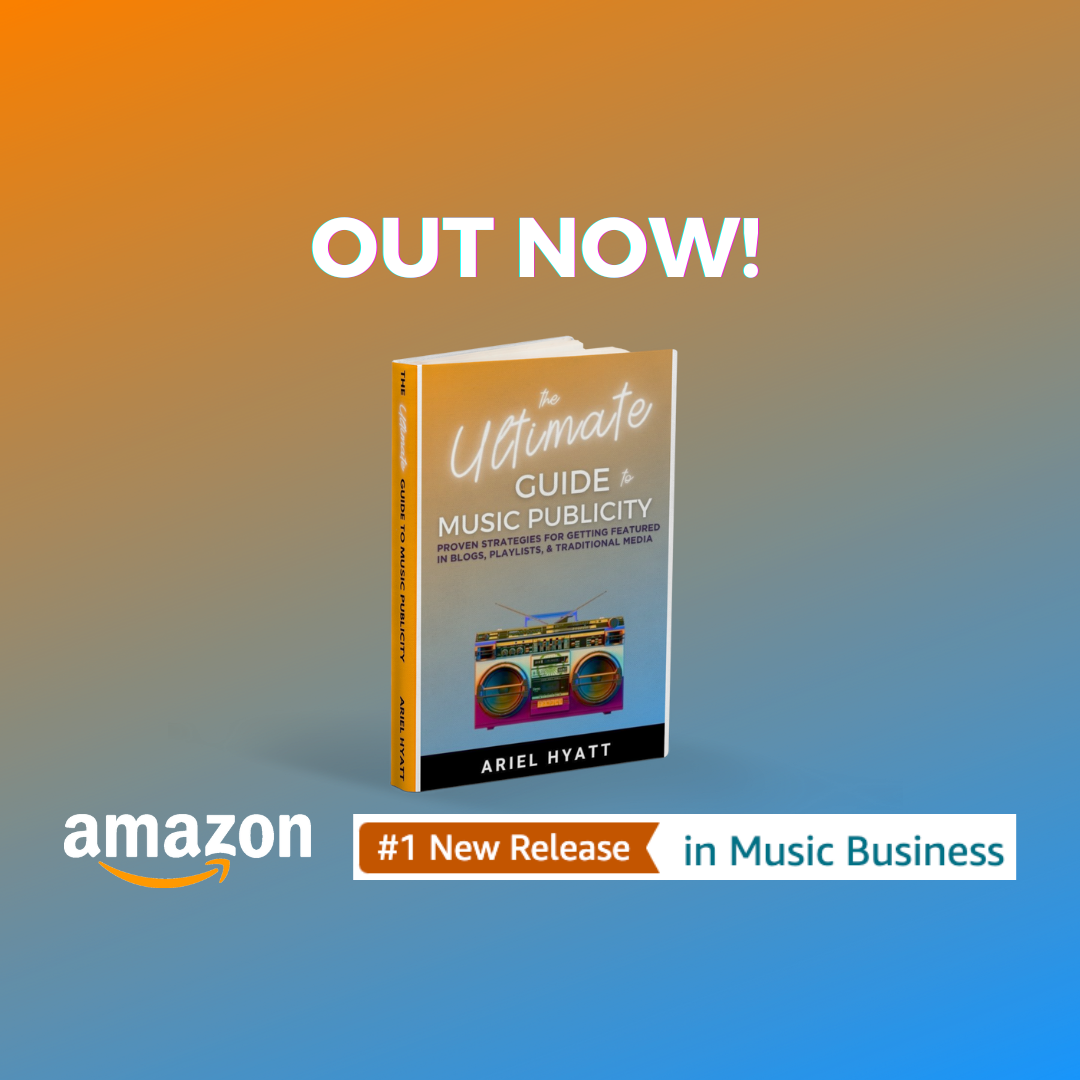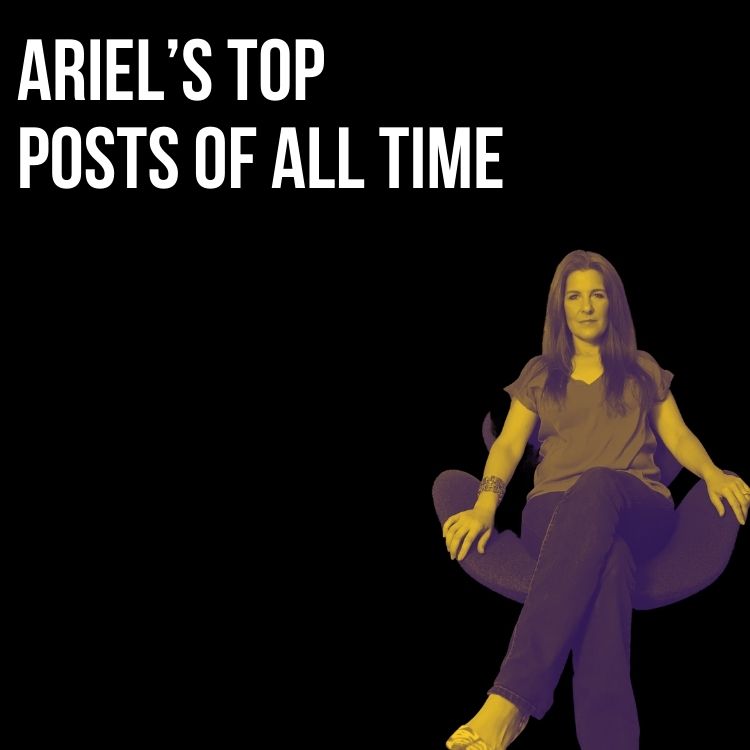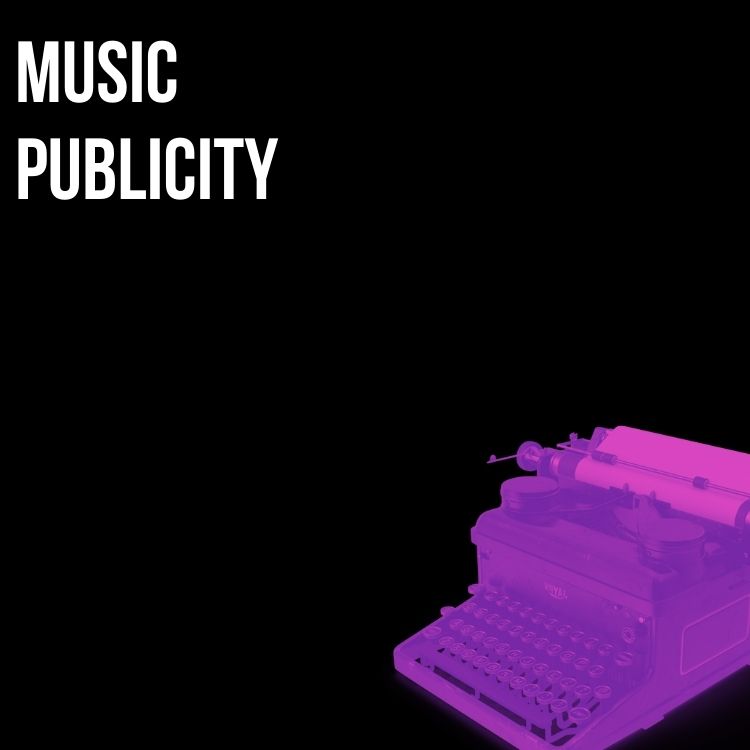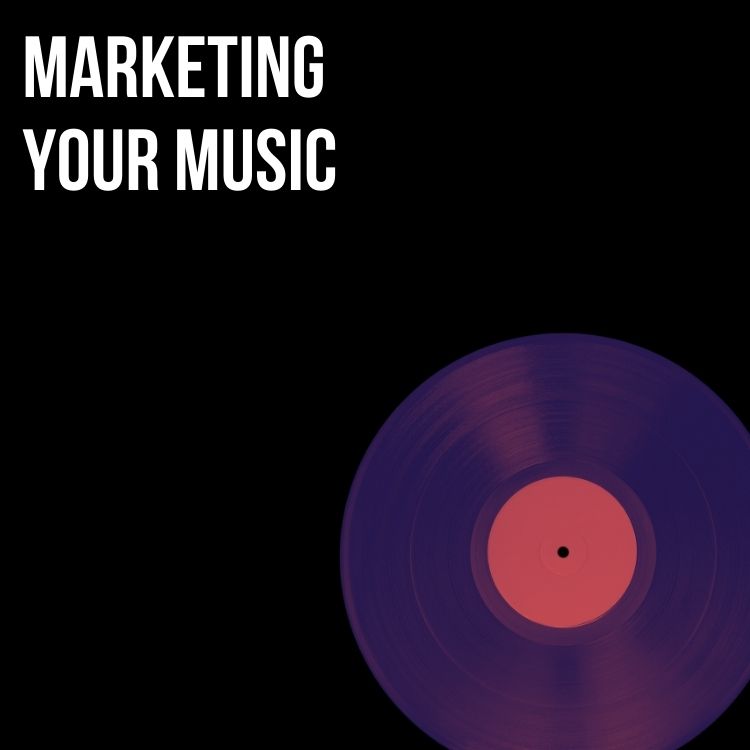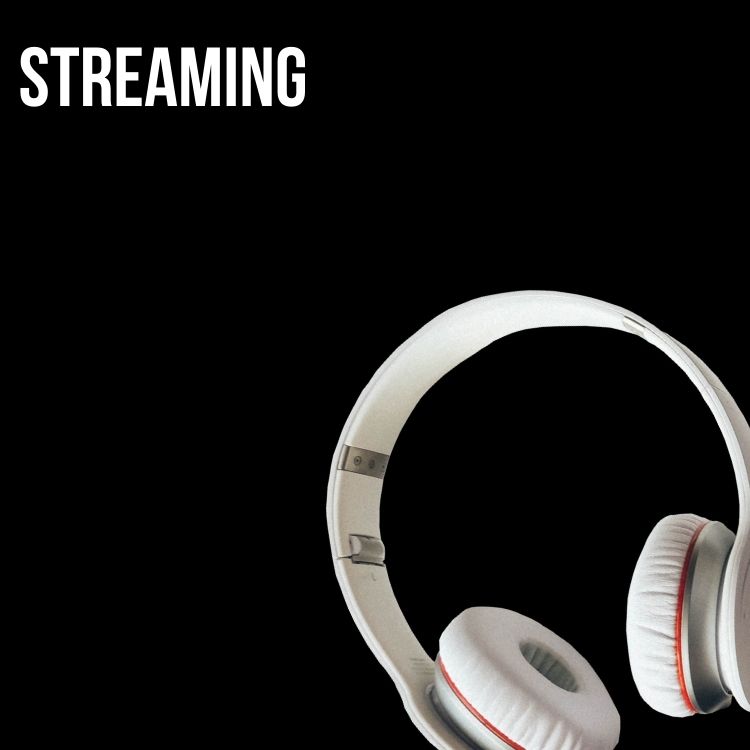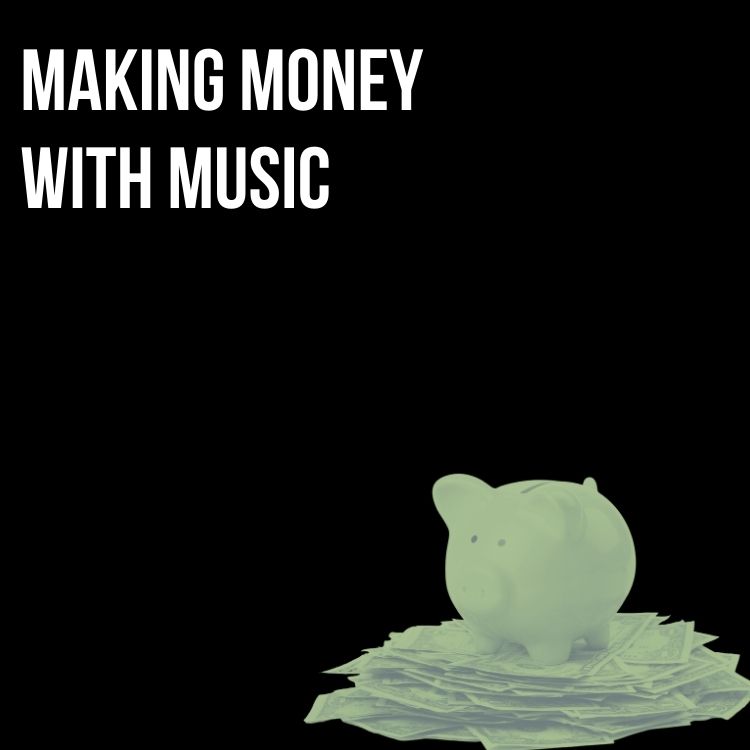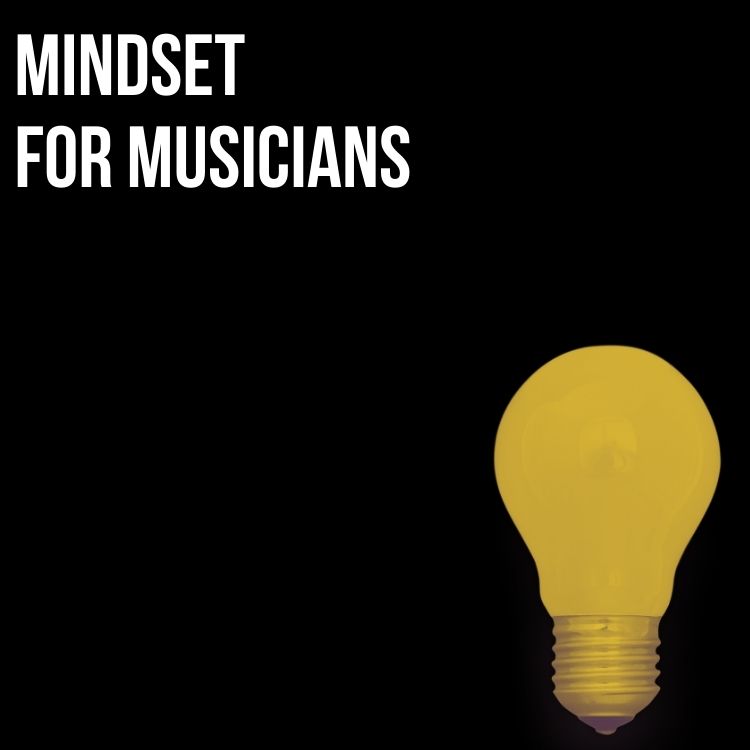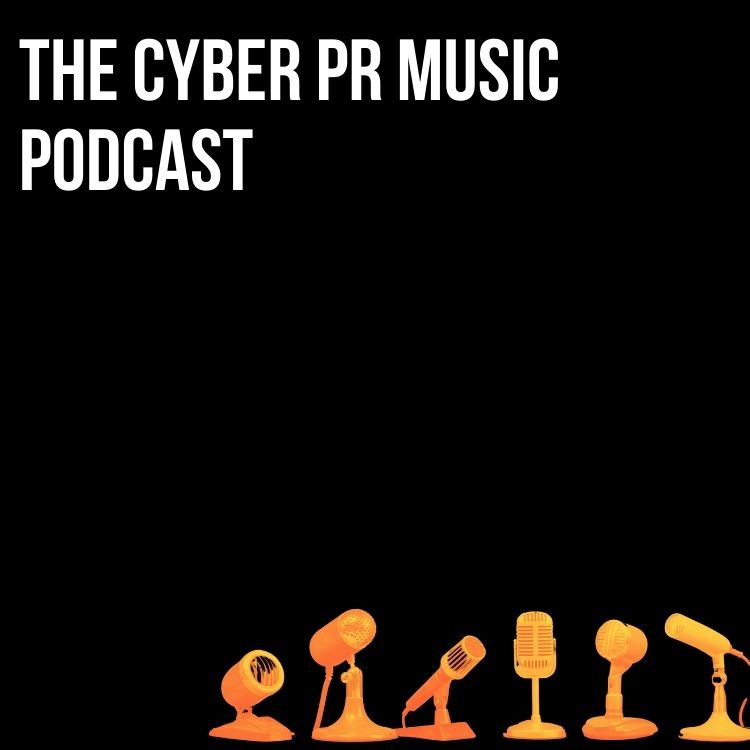
In the ever-changing landscape that is the music industry, Spotify playlist submission has become critical to artists, and it’s easy to see why. When was the last time you were without a playlist, or pulling up your favorite song to show a friend? Spotify fame and the desire to accumulate as many streams as possible for your song has become a priority for most artists, and one of the best ways to do that is through landing yourself on a well known playlist.
In this article, we’ll delve into the significance of Spotify playlists for indie musicians and equip you with the knowledge you need to navigate the submission process like a pro.
First: Claim Your Spotify Profile
Before you can do anything with Spotify, you need to claim your profile. You can do this after your first release goes live on the platform. Visit artists.spotify.com and follow the instructions there. It’s super simple, and should only take you a few moments.
Second: Fully Optimize your Spotify Profile
This is the fun part! Kind of like how you might fill out your social media profile, or a dating profile, this is where you add photos, social links, and a 1500-character bio. I break it all down here in my post on how to build a solid Spotify Foundation.
However, if you want a quick rundown, here it is:
The first step is to become verified, which you can request access through Spotify for Artists. Verification adds a blue checkmark to your artist page, allowing you to personalize it, add an “Artist Pick” track, and legitimize your profile a bit. Another tactic to boost your Spotify following is to consider asking your social media followers to follow you on Spotify or sending dedicated Spotify email newsletters.
Don’t underestimate the power of your playlist. It can be a great way to get attention for yourself and some of the other local artists in your circle. It’s not only a great way to get attention for your music, but by including other bands who will promote it you’re also building up your network and gaining goodwill among the community.
Whatever you’re doing, make sure it’s consistent. Continuing to release new music and stay active on the platform is key!
Third: Submit to the Spotify Curators
Ah, the part you’re probably most curious about—actually submitting to curators!
Before we get to the good stuff it’s important to understand the timeline involved in being able to submit music to Spotify curators. Spotify doesn’t allow you to claim your artist profile until your first music release is live on the platform. However, obtaining your Spotify Artist ID from your distributor can be difficult at times. In our experience, this step can sometimes prove to be tricky.
So, here’s the deal: you might have to show a bit of patience and wait until your second release comes into play before you can fully leverage these features. Once your artist profile is claimed, you’ll be able to use the submission process. When submitting your music to Spotify curators, remember to include as much relevant information as possible. In other words, make it as easy as possible for them to say “yes.”
This includes details about your genre and a compelling pitch that captures the vibe of your track. We’ll go into the details a bit more throughout this post but, this should get you started!
On to the good stuff!
Fourth: You need to get your own listeners and followers
As is the case with gaining label attention or anything else, it’s best if you can bring something of your own to offer. This is true for Spotify as well.
It is your job to bring your fans (even if your fan base is small) to Spotify. Ask your fans to pre-save tracks that are not released yet, or follow you on the platform as a general CTA (call to action). Also, using Submithub and personal research and outreach to pitch Spotify playlists is key. That’s right, I’m talking about taking playlist placements into your own hands! Just be sure to do your own research and make sure the playlists you’re submitting to are quality.
Another thing you can do, which we talked about above is to create a branded playlist with music you love and your own music and use it as your Artist’s Pick. Again, including artists that are both local or just starting out (and more likely to promote it) plus some larger names that people will be drawn to will help this get visibility.
Simultaneously promote the playlist on your social platforms for your fans to listen and follow. This article walks you through 5 ways to build your audience on Spotify.
Fifth: Get your own independent playlist and blog features
Imagine this: you’re searching for a new restaurant on Google and nothing comes up. Total crickets. It doesn’t inspire a lot of confidence, right? It’s the same for Spotify and when they search your music. If they Google your song and nothing comes up, they are not likely to place it on a popular playlist. This is just one of many reasons PR is SO important! They need to see that there is hype behind your song. So, get on Submithub (or you know, set up a call with us) and start pitching your song to blogs before it goes live! Get a premiere. Get your music out there for SEO purposes.
Having a well-executed PR strategy is like laying down breadcrumbs for Spotify to follow. It’s about building hype and anticipation around your music before it even hits Spotify. You can’t just rely on the quality of your song alone; you need to show that people are talking about it, buzzing with excitement.
Why must you do this? Here are 2 HUGE reasons:
- To appear higher up in Spotify’s search algorithm: (This comes directly from Spotify’s FAQ’s). Search results in Spotify are based on a mix of current and all-time popularity—but vary from user to user based on personal listening preferences. The more streams and followers you have, the better your chance to appear in searches.
- Every time you release a new track, it will automatically go into the Release Radar for ALL of your followers. If you don’t have any followers it won’t be heard.
Okay, now that we got that out of the way, here are some Best Practices for Spotify Playlist Submission.
For this post, I asked my three go-to Spotify experts Mike, Andrea and John to weigh in and provide a few pointers, as well as some concrete examples of solid and their assumptions as to why.
Don’t ignore independent playlists — they can be stronger than Spotify Editorial

John Riesen is the Director of Promotions & Marketing for Emitha
My experience with pitching to curators is based on 4 years of experience as an artist and a digital promoter and curator myself. Firstly, I’d like to clarify that there are two types of submissions: Editorial and Independent. Many artists covet the Editorial placement (when the Spotify owned, human or AI curated, playlists add a song) as it can immediately cause significant reach. However, Editorial placement is unbelievably hit or miss even for “A list” artists, and truth be told, the editors tend to “stay in their lanes” supporting what is best for their own ecosystem and the overarching label owners at large (Sony, Warner, Universal). It’s ALWAYS worth submitting to them via Spotify for Artists, but it is certainly not a “high percentage” venture.
The Independent market, however, is what I feel makes Spotify so incredibly unique and wonderful. Any Spotify listener can centralize, grow, and curate an “influential” playlist, and potentially change the lives of artists they encounter. This is the approach I ended up taking, personally, for growing my own music. I realized that the algorithms on Spotify relied on the repetition of certain data and one way I could influence that for my own (and others) music was to essentially build the playlists I needed, myself. This process of independent curator has become “the” way to streaming success on Spotify, and the independent curators have hundreds of millions of followers worth of playlists. So the question becomes, how to REACH these curators?
Consolidate your pitch — less is more!
At first, I used to scour the internet looking for facebook, instagram, twitter profiles attached to the playlists that I wanted to submit to. That was a very slow moving process, and the few who responded either asked for payment for placement (which is illegal in Soptify’s terms and is labeled “payola”), or they were highly inflexible to their own personal tastes. Come to find out, the majority of major playlisters were not even musicians, but normal people who “got lucky” and made a great playlist that reached 300,000 followers or more. Over the course of years, I’ve compiled a number of legitimate, kind, and helpful curators that are open to submission. Truth be told, if you’re able to reach a curator easily, so are tens of thousands of other artists trying.
In my opinion, the best way to get a successful, positive response from a curator (both from the curator perspective, and the artist perspective) is to consolidate your pitch to the core of what you are “selling”. The long form, multi email submissions (while beautifully crafted and tell wondrous tales of music making and humanity) can often get lost in the shuffle, and take too much time on the curator end, and ultimately not even get read (of course, there are always exceptions to this!). I’ve found that curators respond to shorter messages that clearly state what a song stands for, what genre it matches, what moods it might evoke and a link to the song. If the curator is curious, they will listen :). As a curator who recieves dozens of submissions a week, I will admit that they can truly blur together after a time.
Build your own playlist
One last point that I’d like to share is: build your own playlist! You CAN do it, successfully, and you can have absolute power and say over what the metadata of the playlist is. I’ve built over 3 million followers worth of playlists in niche genres (Classical, Jazz, Cinematic, and Opera) and know it is possible. It just takes time, dedication, and being willing to grind (which… if you’re an artist…you’re already doing oh so very well!). HOWEVER, I urge people to not just build playlists with their own music, but with the music of the artists who inspired that music. The whole Spotify system is reliant on “who you are streamed next to, and how many times” and so you can help the system out by putting in your “idols” next to your music.
Ultimately, it can be easier to find centralized listenership via major curators, but you have the power to build your own mini-ecosystem, too!
Use All The Real Estate You Are Given by Spotify Playlist Curators
You have 500 characters to use for your Playlist Submission. Take the time to think through a solid pitch and use as close to 500 as possible.

Andrea Young is the co-founder of DPG Promotions, our go-to company for Spotify Playlisting. We work on multiple projects as partners.
Here is her advice on what to add to get Spotify Curators to notice your track: Make great music.
The truth is, we don’t really know exactly what to add to a submission to get curators to notice your track. They’re not transparent about their process, except to encourage everyone to submit their release at least a week in advance on S4A (Spotify For Artists). This allows Artist Profile followers to listen to the track in their Release Radar email.
Recently, Lizzy Szabo of Spotify’s editorial team gave some insight into how she curates tracks, and mentioned that she will often ‘look at the pitch’: “Sometimes we’re going through our pitch tool and coming across artists. Maybe it’s their first release, maybe it’s their second release, and they have 500 monthly listeners. But something about them, the sound seems like it would be in line. I’ll do a little bit of digging, look at their pitch, check on their Instagram and their vibe seems to be in line with Lorem. We’ll go through it and put it in without any data.” (from an article by Jacob Moore of Pigeons and Planes, “What Is Lorem? Inside One Of Spotify’s Best New Playlists”).
Unless you submit on Spotify for Artists (S4A), it’s almost impossible to get the track considered for editorial coverage. I’m sure there are exceptions to this, but for the most part, you’ve got to submit to even have a chance to be heard. We always tell artists and their teams to submit as early as possible, but now and again, a very last minute submission has resulted in editorial playlist features.
Include accomplishments and credible, unique storytelling
We recommend putting as much credibility as possible in the submission. What’s in your story, or about you as an artist, is unique or powerful that can give you credibility? For example, did you open for Post Malone on tour, or did Ariana Grande sing background vocals on your track? Make a list of your best cred and then use it in the pitch. You are looking to get the editors to click on the link to your music, and give them enough info so that they want to dig further.
You only have 500 characters to get the job done on Spotify. We work to craft these submissions and suggest that you and your team spend some time thinking about what data points you can include that can help get attention for your music. Describe the music, your path as an artist, collaborations, tours, marketing, and other key components of your career.
What Exactly To Write – Watch, Learn, & Emulate
Here are 2 submissions where the track ended up being featured on Spotify editorial playlists, and one that we edited / upgraded – but we’d be the last to say that it’s our submission that did it, it’s more about the music and what the curator is looking for at that moment, and hopefully the submission helps them move to listen and/or feature it!
EXAMPLE #1
XXXXXX XXXXXXXX is a country singer-songwriter who brings a pop touch to her soulful sound. She’s an LA girl now, but she attributes her country background to growing up in Arizona. XXXXXX recorded 2 CDs in Nashville and is now working on a new EP in LA that’s being produced by Avi Kaplan, formerly of Pentatonix. She’s opened for Chris Bandi at Caesar’s Vegas, Toby Keith at Coastal Country Jam in Cali, Bebe Rexha at Phoenix Pride, Ashley Monroe at The Hotel Cafe, and Jason Aldean at CountryFest.
EXAMPLE #2
Known for his theme and music for one of Youtube’s biggest channels, “XXXXXXXX”, XXXXX XXXXXXXX has had 7 different #1 spots on the Hype Machine Top 50, and his music is some of the most used on podcast themes and outtros. His chillwave hip hop beats, electronic sound, and ‘unpredictable percussive adds’ have him likened to Tycho, Flying Lotus, Toro y Moi.
EXAMPLE #3
Original Proposed Spotify Playlist Submission (written by the band):
Straight ahead rocker about a cheating partner and what you’d like to say to them – best served with friends to sing along with the chorus. We are promoting all of our music with an ad campaign on Spotify, YouTube and other platforms – artist is XXXXXXXX (our band, the account with Spotify for artists is under my name but the artist is the band)
Note: This submission is a total of 352 characters and Spotify allows 500 per submission.
Playlist Submission (upgraded by Andrea’s DPG team)
The blistering rock sound on this track is what you get when you mix an Emmy winning TV director, touring metal band member, ski & surf instructor, and successful lawyer together who unabashedly embrace the energy of arena rock. From Copper Mountain, Colorado, the glue that holds them together is their desire to make the kind of classic hard rock that inspired them to become musicians. It’s a straight ahead rocker best served with friends to sing along with the chorus. Full ad support.
Note: This submission is a total of 493 characters – get as close to the 500 character allocation as you can!

Mike Warner, the author of Work Hard Playlist Hard and one of my favorite podcast guests of all time, shared a submission that (in addition to the song being solid) earned one editorial and one personalized editorial playlist add.
Accepted Playlist Submission (Date Night feat. Chris Robley – True North)
Love, just like the phone on which it’s often sparked, seems to fall prey to planned obsolescence. Long after the club lights cool, after all the sweaty clothes come off, after a dozen broken hearts and a hundred bad decisions, you wouldn’t fault a person these days for their suspicion of commitment. Then again, that might also be the moment someone’s finally ready.
In “True North,” Date Night and Chris Robley (collaboration) give props to magnetism that lasts.
Note: It was placed on this Editorial playlist – Pop Chillout and this Personalized editorial playlist – Weekend Hangouts.
This helps to drive home how important it is to spend 5 minutes submitting your song to the Spotify editorial team by submitting more than 7 days before release day (but we suggest a few weeks!).
Make Sure Your Spotify Playlist Submission is Tagged For Mood, Genre, & Instruments
During the submission process, you will also get to tag your song correctly for mood, genre, instruments used, etc. to make sure that Spotify delivers it to more listeners who are likely to engage. Metadata is key – feed the algorithm, friends!
Here’s what Mike tells artists that ask him how to write a solid Spotify Playlist Submission pitch:
“Make me feel like I’ve listened to your song in less than 2 paragraphs. If you aren’t good with words, find someone that is. Hand them a pen and paper, play the song, and ask them to write about it. You may need to try this with a few people to find something that aligns best with how you want your song to be represented.
If you’re a producer and collaborate with a singer/songwriter, they’re already good with words… ask them to attempt writing the pitch first before asking others.
If you’re independent, don’t mention the marketing budget. Lastly, if you’re established and investing significant money in promoting your release through social media, billboards, etc., then include this at the end of your pitch (this was the case with Andrea’s pitch).”
Want to learn more about marketing yourself for Spotify playlists? Download Ariel’s latest book Ultimate Guide to Music Publicity
Subscribe for more!
Back to The Blog




